Why do these everyday items have the colors they have?
Have you ever been writing with a yellow pen and wondered why it wasn’t…well, any other color? Or why is denim blue and the red carpet red?
Maybe we don’t often pay attention to them, but the color of everyday items around us holds amazing stories that are worth discovering. History, science, and surprising accidents all contributed to the way things are today, and we want to tell you more about all of this.
If you ever asked yourself why these colors became the norm, you are in the right place! Join us on a journey of discovery, and let’s find out the hidden stories behind the color of these everyday items.
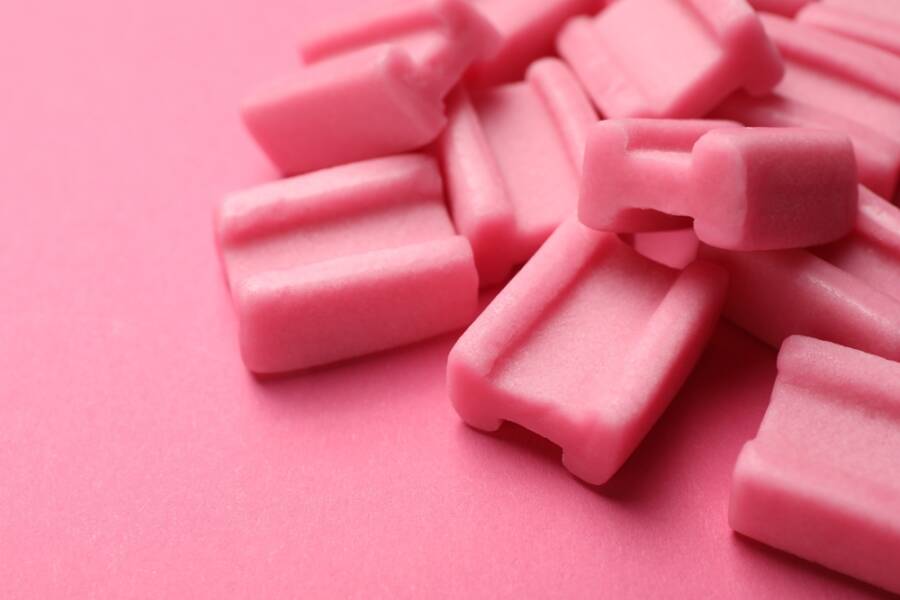
1. The pink bubble gum
If you think that the pink color of bubble gum is the result of marketing studies or flavor associations, we are here to tell you that none of this is true. It was a fortunate accident, a delightful twist of fate that is tied to the process of fabricating the bubble gum.
Walter Diemer used to be an accountant at a bubble gum factory during the 1920s. But he liked bubble gum so much that his attributions exceeded the everyday job he had, and because of this, he managed to create a bubblegum base that was unique during that time because you could be blowing bubbles without everything getting sticky.
The only type of coloring he was able to find in the factory was a diluted red food dye, and this is how the pink bubble gum we know today was born. Not long after, “Dubble Bubble” became one of the most popular bubble gum brands, and this is why we are so familiar with that playful pink hue today.
Yes, bubble gum is one of the everyday items that we don’t pay much attention to, but the next time you pop a piece, remember this incredible story.
2. Why does the red color mean stop?
Traffic lights are considered everyday items at this point, right? They are the universal language that directs the flow of traffic, but there is a question that bugs us, and maybe it bugs you too: why does red mean stop?
Physics can help us get the answer, as can the history of the transition from railways. The current traffic lights are inspired by the old traffic lights that were used for railways. Red also means stop. But this color has an even older history. Red is the color that has the longest wavelength in the visible light spectrum. This means it is the color that is most visible from a distance.
Also, the railway systems used white as the color, which meant “go,” and green for “proceed with caution,” but for safety reasons, nowadays green means “go” and yellow means “proceed with caution.” If the colored cap had fallen off for the green color, it would have looked like white, and a disaster could have happened.
3. The blue denim
We can’t make a list of everyday items and not include denim. That iconic blue hue is not just a fashion statement but also an incredible and practical innovation that has remained in history.
Let’s get back to the 1870s, the time when the American Gold Rush was in its prime. Prospectors needed durable clothing as they had a tough job. This is when Levi Strauss and Jacob Davis entered the scene and changed the clothing industry once and for all.
But why the indigo color? Well, compared to other colors that permeate the entire fabric, indigo can stick only to the natural cotton fiber, and the core remains white. But why does this matter? This clever design element makes the fabric more and more comfortable with every wash, and this was perfect for the long working days of the prospectors.
Next time you slip into your pair of blue jeans, take a moment and remember that the color choice is not just because it is aesthetically pleasing but also because it is practical and affordable. These two words are the perfect pair to describe denim.
4. The history of the red carpet
When you see the red carpet, the first thing that comes to mind is probably Hollywood glamour. But how does red represent prestige and power? Maybe this is not really one of the everyday items, but it is an honorable mention on our list.
In ancient times, red was a special color because not everyone had access to it. The red dye was rare and expensive, and whoever had red clothes was for sure a nobleman or someone with wealth and social status.
But the history of the red carpet goes even further back in time. Mentions of the red carpet as a symbol of high honor first appeared in the Greek play Agamemnon by Aeschylus. This was written in 458 BCE, so you can estimate how old the red carpet and its tradition are.
During medieval Europe, the red carpet was still used in noble families and was associated with luxury because crimson tapestries and carpets were used only on special occasions.
Later in the 20th century, the red carpet found its final home in Hollywood. The red walkway was meant to differentiate important events from everyday life, and because of this, the red carpet is associated today with celebrities and glamour.
5. The fluorescent yellow tennis ball
This one of the everyday items is by far one of the most famous symbols of sports, and its distinctive yellowish-green color has an interesting history.
Back in the day, the tennis balls were black or white. Yes, we know that this sounds incredibly strange because we can’t imagine a tennis ball other than its specific color nowadays, but back then, this was the reality.
In the late 1960s, with the apparition of color TV, people wanted to see tennis tournaments in color, and this switch to color television was an unexpected challenge. The white and black tennis balls were hard to distinguish against the white court lines, and this led to some major changes in the world of tennis.
The International Tennis Federation decided that it was time to find the most visible color. After extensive research, they’ve finally found it—it was the fluorescent yellow we know today. The change happened in 1972, and since then, this has been the iconic color of the tennis ball.
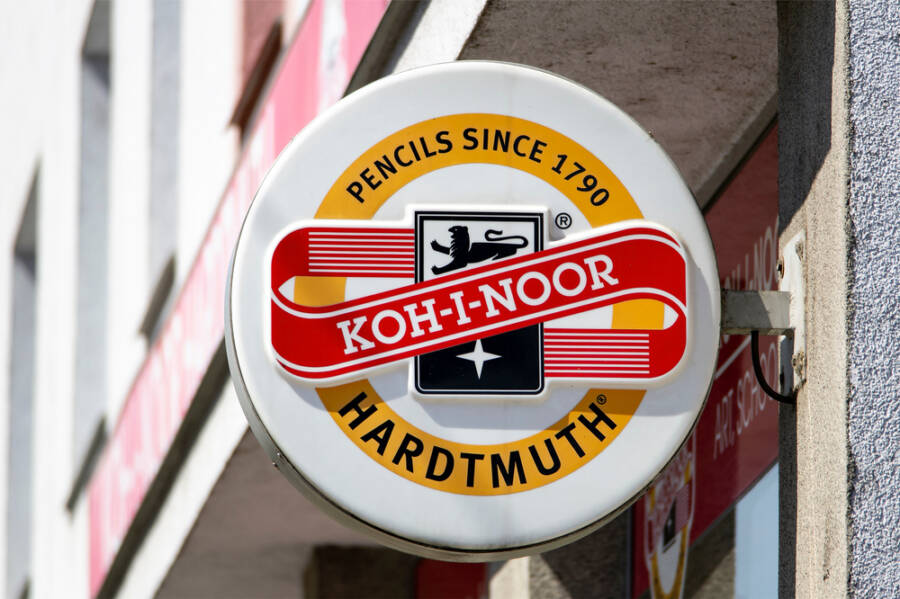
6. From royalty to classroom staple
When thinking about everyday items, the humble yellow pen is definitely one of them. People all around the world the world use it, but you need to know that the choice of its yellow hue is not random.
The story of the yellow pen begins in the late 1800s. Believe it or not, that was a tough time for the pencil industry because the competition was overwhelming. The Austrian pencil maker, Franz von Hardtmuth, decided that it was time to change something about his pens, and this is why he added a touch of royalty to them. The black and yellow were the colors of the Austro-Hungarian flag, and this is why he colored his pencils that way.
The quality graphite used by him was imported from China, and guess what? Yellow was also the color of the Chinese royalty. This offered even more traction for his product, and the strategy resonated with the public. They considered these pens a high-quality, luxurious product, and this is how yellow created the preconception of superior quality.
If you need some new pencils maybe these ones might help: BACK TO SCHOOL | STAEDTLER Noris 120 PREMIUM Office Pencil 2B Grade [Box of 12]
You should also read: 7 Scientific Reasons Why Zombies Can’t Actually Exist


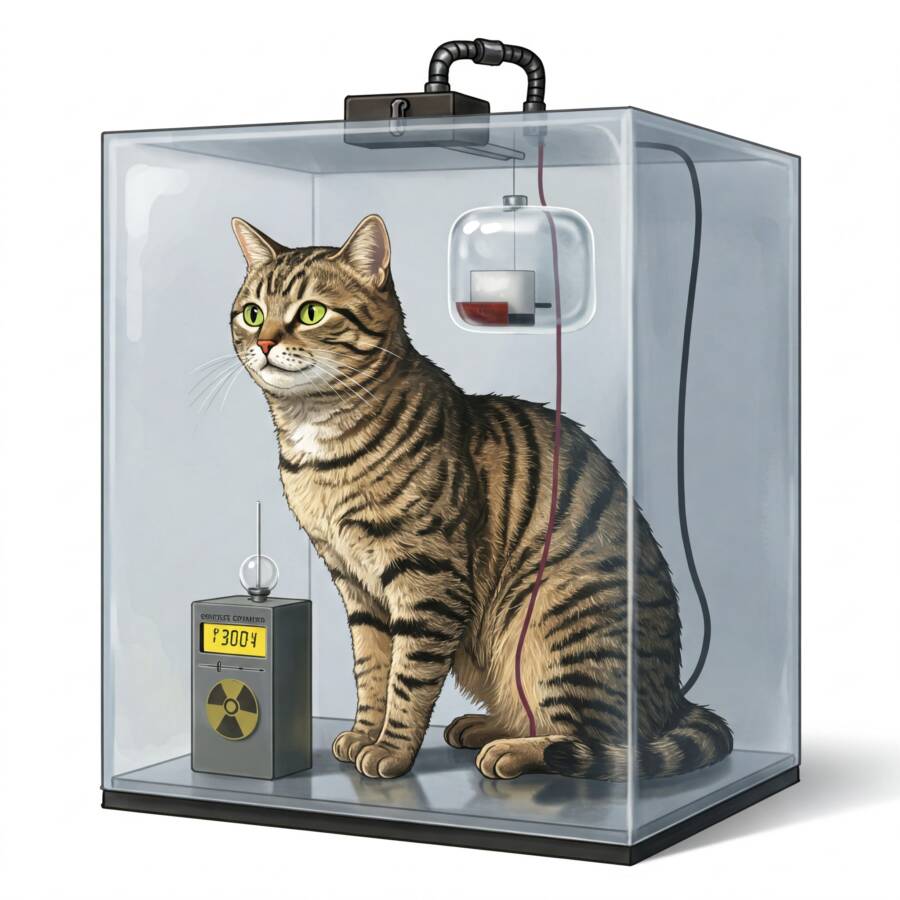


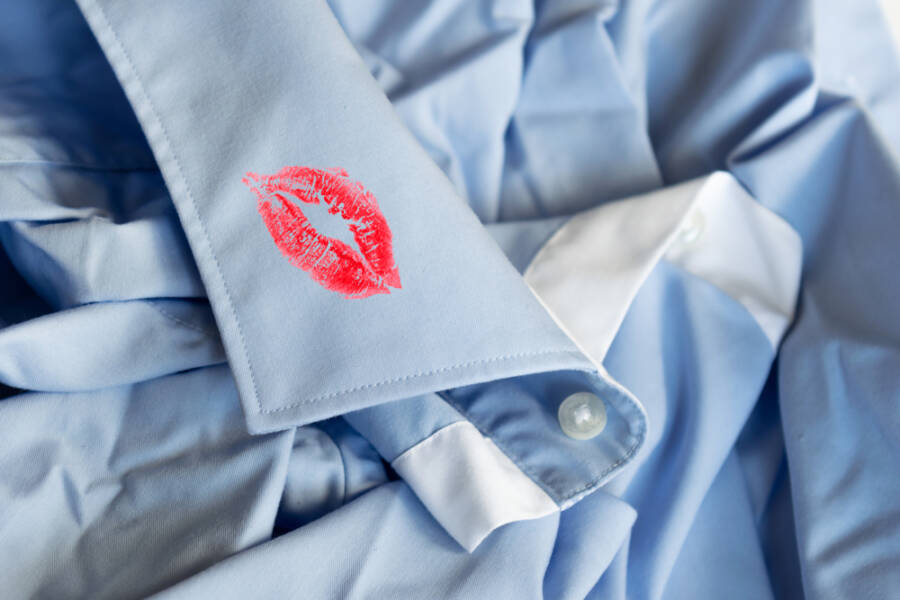

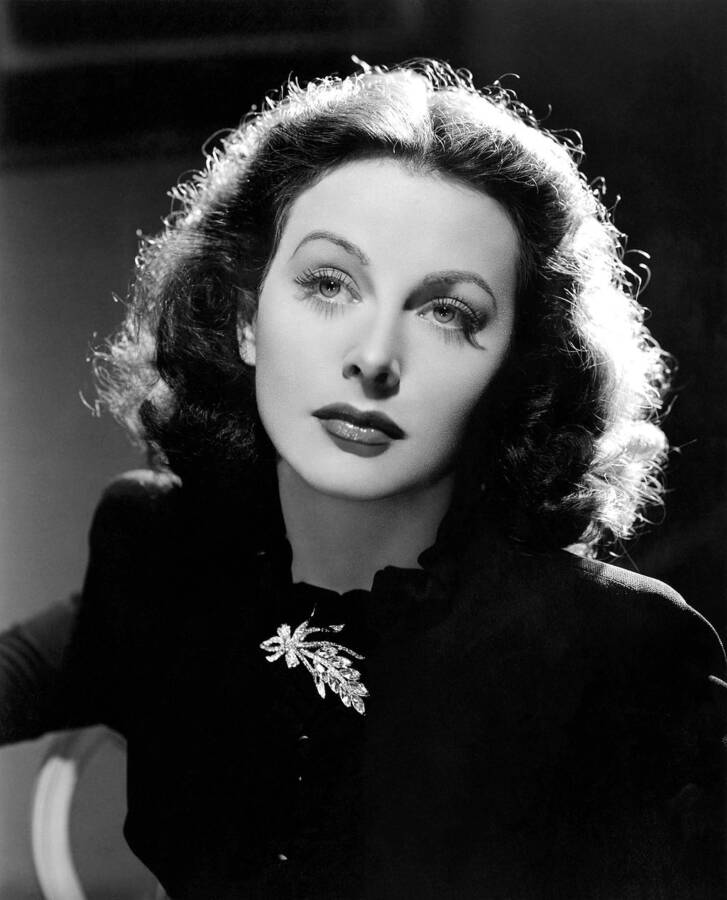



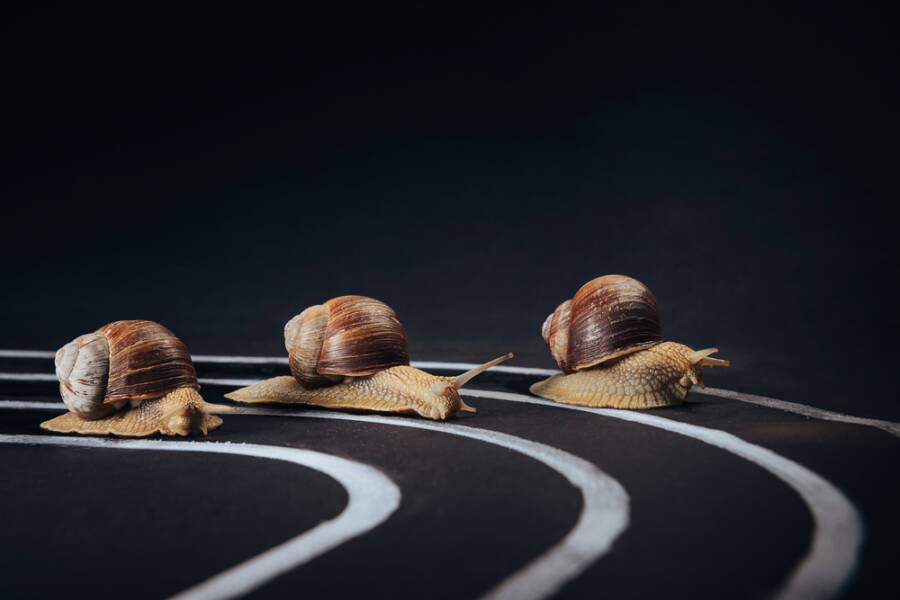


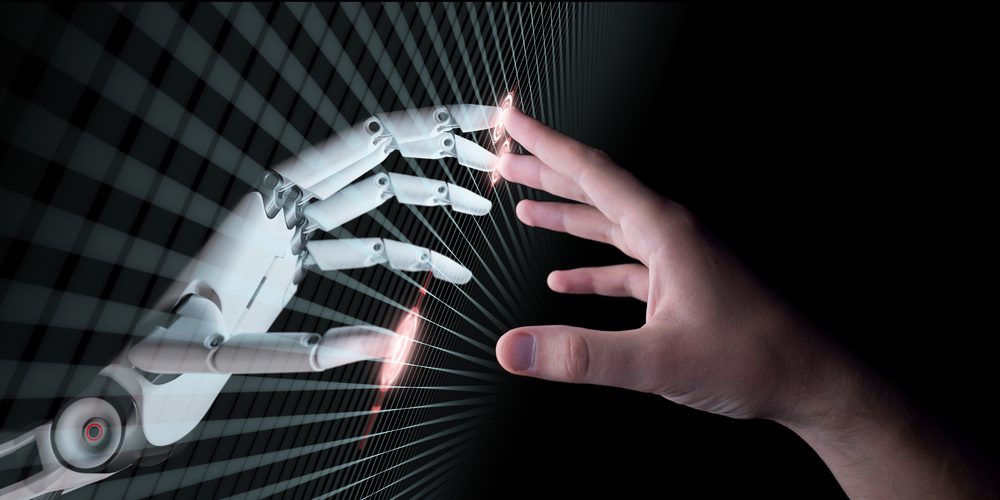
One Response
Then, so much for reaching out.